15 March 2016
Honduras
Nelson García
Profession
Community
Motive
Environmental and indigenous activism
Political dissent
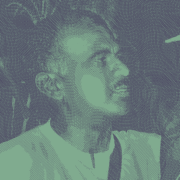

Adolfo Olivas


Ahmed Divela
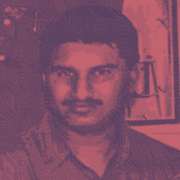

Amit Jethwa
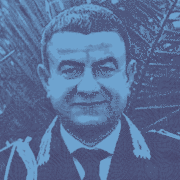

Artan Cuku
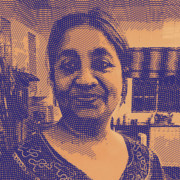

Babita Deokaran
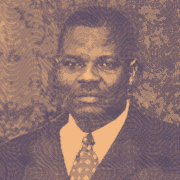

Bayo Ohu
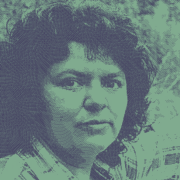

Berta Cáceres


Bhupendra Veera


Bill Kayong
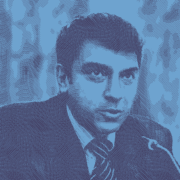

Boris Nemtsov


Boško Buha


Chai Boonthonglek
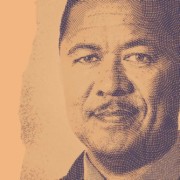

Charl Kinnear
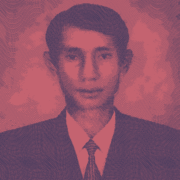

Chut Wutty


Chynybek Aliev


Cihan Hayirsevener


Daphne Caruana Galizia
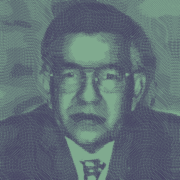

Darío Fernández
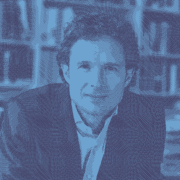

Derk Wiersum
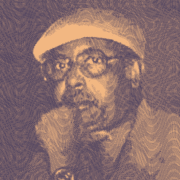

Deyda Hydara
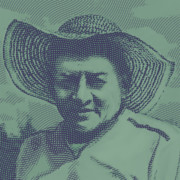

Édgar Quintero
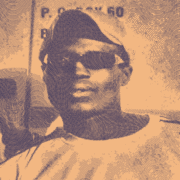

Edmore Ndou
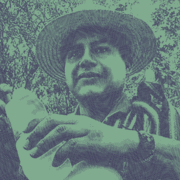

Edwin Dagua
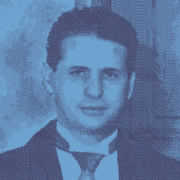

Federico Del Prete
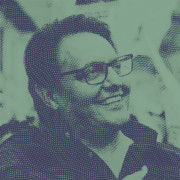

Fernando Villavicencio
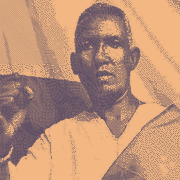

Gezahegn Gebremeskel


Gilles Cistac
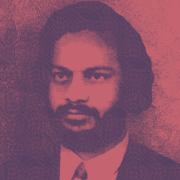

Habibur Mondal


Igor Alexandrov
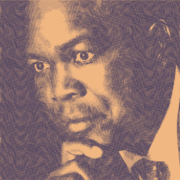

Jacob Juma
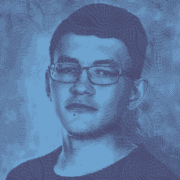

Ján Kuciak


Javier Valdez


Joannah Stutchbury
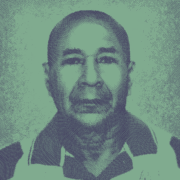

José Ángel Flores
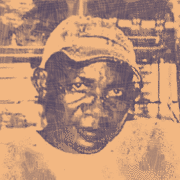

Jules Koum Koum


Kem Ley
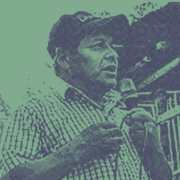

Luis Marroquín
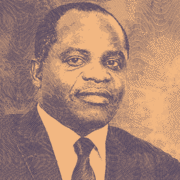

Mahamudo Amurane
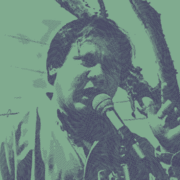

Marcelo Rivera


María Elena Ferral Hernández


Marielle Franco
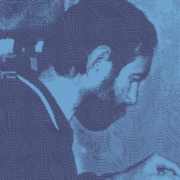

Milan Pantić


Milan Vukelić
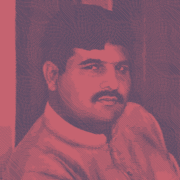

Muhammad Khan
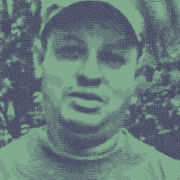

Nelson García
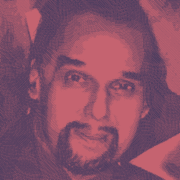

Nihal Perera
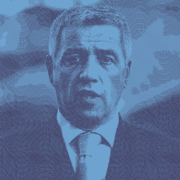

Oliver Ivanović
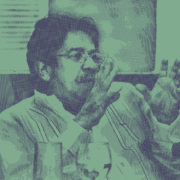

Orel Sambrano


Perween Rahman
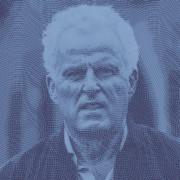

Peter R. de Vries
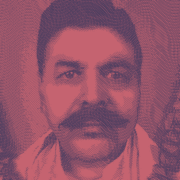

Rajendra Singh


Salim Kancil
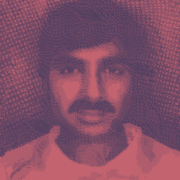

Sandeep Sharma


Sikhosiphi Radebe
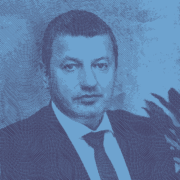

Slaviša Krunić
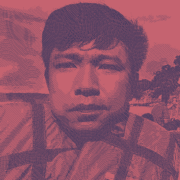

Soe Moe Tun
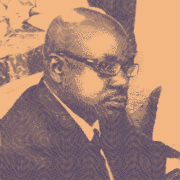

Victor Mabunda
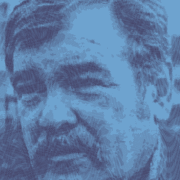

Virgil Săhleanu


Wayne Lotter
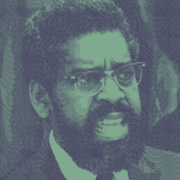

Yuniol Ramírez
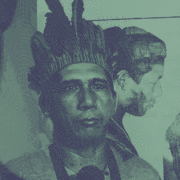

Zezico Guajajara
15 March 2016
Honduras
Profession
Community
Motive
Environmental and indigenous activism
Political dissent
On 15 March 2016, a gunman arrived at the home of Nelson García in Río Lindo, Honduras, and shot him dead in front of his wife and young children. García’s murder took place less than two weeks after the assassination of world-renowned environmental activist Berta Cáceres (see page 124). Both had played an important role in the Civic Council of Popular and Indigenous Organizations of Honduras (known by its Spanish acronym, COPINH).
As the leader of COPINH and the recipient of the 2015 Goldman Environmental Prize, Cáceres was a well-known figure and her murder drew international attention. García, on the other hand, enjoyed little recognition outside of his community where he was known as a committed activist and organizer for COPINH. Primarily a dental technician who collected scrap metal on the side to make ends meet, García had led a separate existence as active participant in protests against the planned eviction of Honduras’ indigenous Lenca community from a settlement in Río Chiquito. He had been recruited by Cáceres some years before to participate in a movement to occupy land in Río Chiquito, which, according to COPINH, had been illegally claimed by local politicians for corporate profit.
‘We were living “illegally”, but we were encouraged by Berta’s strength,’ a spokesperson for the Lenca community told Outside magazine’s Joshua Hammer in 2016. ‘Berta came here every couple of months. Nelson came every single day.’
Originally from Peña Blanca, a small city on the banks of Lake Yojoa, nestled among lush, rolling hills, 38-year-old García was someone who put the needs of others ahead of his own. His turn to activism therefore came as no surprise to his family. ‘He was extremely into solidarity, especially with those who are dispossessed,’ García’s father, Santos, told the author during a visit to Peña Blanca. ‘It’s something like a heritage for us,’ he continued. ‘We are all of the same thinking; whenever we see someone in need, we help.’ Santos suspects that this empathy for those who do not have anything is the reason his son got involved in activism in the first place.
Honduran authorities initially tried to explain Cáceres’s assassination as a robbery gone wrong, and then, when that didn’t stick, they suggested it was a crime of passion. However, a team of international lawyers concluded that state agents and high-ranking business executives were involved in the strategic planning, execution and subsequent cover-up of her murder. Several men with ties to Honduran security forces and the company whose hydro-electric projects Cáceres had opposed were eventually found guilty of participating in the planning and execution of her murder.
García’s family and COPINH insist that the same unholy triumvirate of politicians, corporations and criminal organizations were also behind Nelson’s murder. In fact, according to García’s aunt, María, police officers hinted as much on the day of his assassination. When she arrived at the crime scene, one of the police officers asked María if she knew that her nephew had been involved with COPINH. She said she did. ‘Then you must know where the death is coming from and why,’ the officer warned.
García’s executioner, a local gang member named Didier Enrique ‘Electric’ Ramirez is in jail, but there is little sense of justice having been done nor any semblance of closure for the family and community. Given that García was murdered less than two weeks after Cáceres, and that other COPINH organizers were routinely harassed and threatened by state and paramilitary authorities, his family and fellow activists maintain that his death was part of a broader campaign to send a warning message to potential activists.

Nelson García was opposing evictions of the Honduran Lenca community from an informal settlement before his death
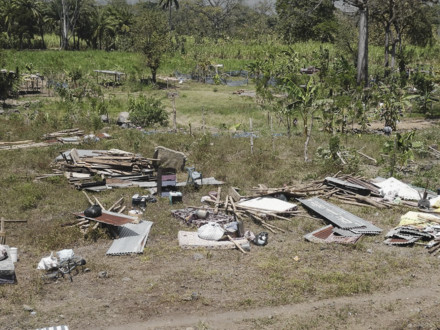
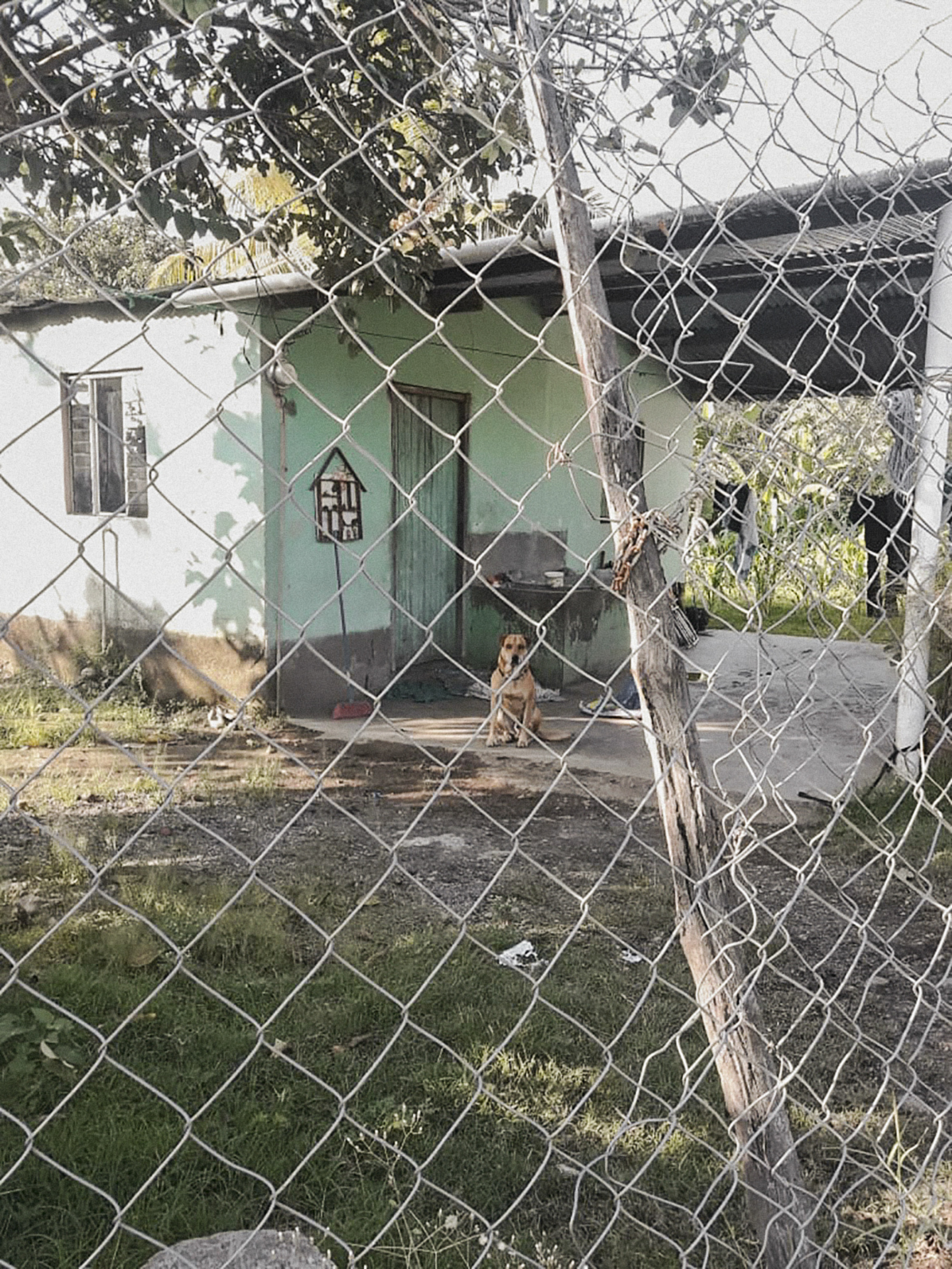
Garcia’s home and the scene of his death
In 2017, a two-year investigation by watchdog group Global Witness determined that Honduras is the deadliest country in the world for environmental activists. ‘Nowhere are you more likely to be killed for standing up to companies that grab land and trash the environment than in Honduras’, the investigation concluded. And these murders are frequently committed with impunity. Human Rights Watch has gone as far as saying Honduras is a place where ‘immunity for crime and human rights abuses is the norm’.
Notably, even after his murder, García’s family has faced constant harassment. His wife and children, who were continually threatened by local gang members, have successfully been granted asylum in the United States. María, who works in an office near where Ramirez was arrested, often receives threats in person and has endured phone calls warning her that her blood will be spilled at the exact location where her nephew’s murderer was arrested.
It is within this context that crimes like the cold-blooded murder of dissidents and activists, such as Nelson García, can be glossed over by authorities. In a country where homicide rates are among the highest in the world and gang violence looms over daily life in many towns and cities, politically motivated murders can always be explained away as an unfortunate event rather than a calculated act of terrorism. Violence is both a means to intimidate and a pretext for making sure that justice is never served and those responsible are never held accountable.
García’s family has filed several complaints to the government asking for a real investigation, but they say that local authorities have expressed little interest in investigating the threats they still receive or in delving deeper into the motives behind the murder.
‘I’m interested in knowing that one day, we are given real justice,’ María told the author. ‘We don’t know who are the masterminds that sent him to kill my nephew.’ Her husband, also named Santos, expressed the same certainty that a larger system was responsible for García’s death: ‘The guy who pulled the trigger might be the one who is in jail because of ballistics, but who is the one who paid that person? That is what we need to know.’


14 August 2005
Esteli, Nicaragua
Adolfo Olivas


2 March 2016
Honduras
Berta Cáceres


6 November 2011
Penonomé, Panama
Darío Fernández


15 May 2022
Santander de Quilichao, Colombia
Édgar Quintero


7 December 2018
Cauca, Colombia
Edwin Dagua


9 August 2023
Quito, Ecuador
Fernando Villavicencio


15 May 2017
Culiacán, Mexico
Javier Valdez


18 October 2016
Tocoa, Honduras
José Ángel Flores


9 May 2018
San Luis Jilotepeque, Guatemala
Luis Marroquín


9 July 2009
San Isidro, El Salvador
Marcelo Rivera


30 March 2020
Papantla, Veracruz, Mexico
María Elena Ferral Hernández


14 March 2018
Rio de Janeiro, Brazil
Marielle Franco


16 January 2009
Valencia, Venezuela
Orel Sambrano


13 October 2017
Santo Domingo, Dominican Republic
Yuniol Ramírez


31 March 2020
Zutiwa, State of Maranhão, Brazil
Zezico Guajajara